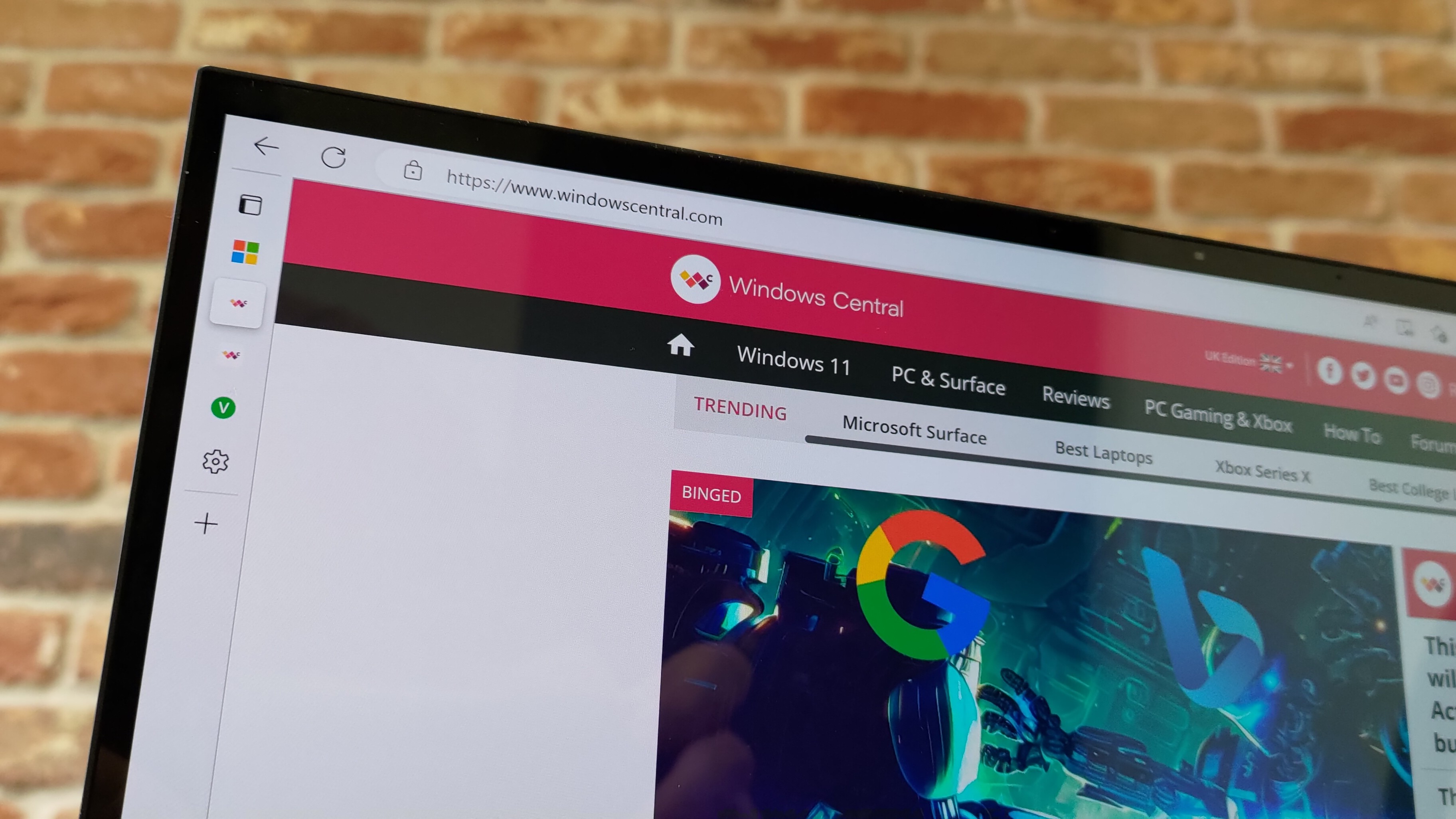
What you need to know
- Microsoft rolled out a series of updates to its Edge browser over the past few months that significantly improved performance.
- Starting with version 122, Edge's user interface is 42% faster.
- If you're on a system without an SSD or with less than 8GB of RAM, you could see UI speed increases of 76%.
Microsoft Edge regularly gets new features, but Microsoft also works hard to improve the performance of the browser. That's the core message of a recent blog post breaking down improvements to Edge that rolled out over the last few months. The broswer's user interface (UI) is now snappier, and favorites now expand or collapse quicker. Microsoft also has some updates on the way that it teased in its blog post.
Feedback sent in through telemetry data shaped Microsoft's changes to Edge. Unsurprisingly, data illustrated that a browser has to be responsive to be perceived as having a fast UI. Starting with Edge version 122, the browser's UI is 42% faster on many systems. If you're on a PC with less than 8GB of RAM or that does not have an SSD, Edge's interface is now 76% faster.
Edge's favorites section is quicker as well. Specifically, collapsing and expanding favorites are 40% faster starting with Edge 124.
The performance gains come from a range of improvements, but there are two main reasons behind them, according to Microsoft:
- The way we organized the UI code in Edge wasn’t modular enough. Teams who worked on different components shared common bundles even when that wasn’t strictly necessary. This resulted in one part of the UI code slowing down another part by sharing things unnecessarily.
- A lot of our code was using a framework that relied on JavaScript to render the UI. This is referred to as client-side rendering, which has been a popular trend amongst web developers over the past decade because it helped web developers be more productive and enabled more dynamic UI experiences.
Microsoft's efforts focusing on these areas led to a project known internally at the company as WebUI 2.0. The project includes smaller bundles of code and that reduces the amount of JavaScript that needs to run. Microsoft plans to make some packages from this project open source in the future.
Microsoft teased upcoming updates as well:
"And this is just the tip of the iceberg. Over the coming months we will continue to ship responsiveness improvements to many more Edge features including history, downloads, wallet and more."
Microsoft Edge has received quite a bit of criticism lately. Many, including myself, consider the browser bloated. Some updates focusing on speed could earn some good will back from Edge users, though I imagine it would be received even better if it was a accompanied by stripping out some unnecessary features and cleaning up how many shortcuts and icons appear in Edge.







